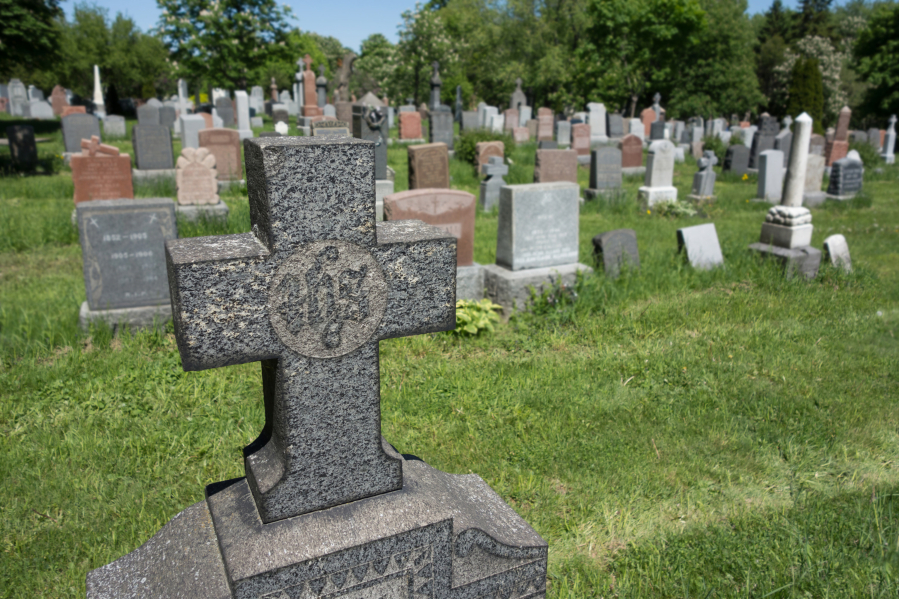When a person dies, many people may think of the two most common options for the deceased person’s body: burial or cremation.
But for people who want to do something eco-friendly, such as human composting, or unique, like blasting their remains into orbit, more options are becoming available and legal.
And more common: The National Funeral Directors Association found in 2021 that 60.5 percent of its respondents said they’re interested in exploring green funeral options because of their potential environmental benefits. A typical cremation can take 30 minutes to two hours, emitting carbon dioxide into the air the whole time. Traditional burial has its own environmental impacts, including contaminating soil with the chemicals used on the body (formaldehyde and other preservatives).
Here’s a rundown of several nontraditional, green or unique options.
- Human composting
An alternative to traditional burial and cremation coming to California in 2027 is natural organic reduction, otherwise known as human composting. (Last year Gov. Gavin Newsom signed Assembly Bill 351 into law, giving the state’s Cemetery and Funeral Bureau the green light to develop regulations for facilities offering the service.) Natural organic reduction is already legal in Washington, Colorado, Oregon and Vermont.



